‘Invisible Beauty’: Fashion Icon and Industry Disrupter Bethann Hardison Trains the Camera on Her Own Story

Director Bethann Hardison poses for a portrait to promote the film 'Invisible Beauty,' about her incredible life and work, making its Canadian premiere at Hot Docs on May 2. Photo: Taylor Jewell/Invision/AP/Canadian Press
Former model, model agency founder, activist and advocate Bethann Hardison, 80, has consistently championed diversity in the modelling industry and related fashion fields; it’s the foundation of work being done today. Now, the native New Yorker is both the subject and co-director of Invisible Beauty, a new documentary that spotlights her life’s work.
“The images that we see, whether it’s in a magazine or a movie, really influence how we see ourselves and also how others see us,” is how Tracee Ellis Ross puts it early on in the film, before calling Hardison the godmother of fashion; “and whether people know or not she has changed the way beauty is defined.”
Ahead of Invisible Beauty’s Canadian premiere at the Hot Docs International Documentary Festival (screening May 2, 4 and 7), I spoke with Hardison about fashion history, advocacy and legacy on a call from her apartment in New York’s Gramercy Park. And it didn’t take long for her phone to begin to ping — the tinkle of glass alerts continuing throughout our conversation.
It could be Ralph Lauren or Pulitzer Prize-winning critic Robin Givhan or any one of the other who’s who of cultural figures who weigh in on her accomplishments in this doc: Whoopi Goldberg, Veronica Webb, Zendaya, Tracee Ellis Ross, Tyson Beckford, Iman, Stephen Burrows, Aurora James, Veronica Webb, Bruce Weber and Fran Lebovitz.
Throughout Invisible Beauty we see Hardison alone at work on her upcoming memoir, sitting at her laptop staring at the empty document and blinking cursor well-known to every writer. (She’d been approached back in the mid-1980s to write a book, and was later encouraged in that direction by close friend Toni Morrison, but never quite felt it was the time.) The struggle about how best to enter the telling of her life story frames the documentary and also helped shape it — a process she says was finally unlocked by her astrologer: “You writing about other people is your story.”
And oh, what other people.
A Fashion Who’s Who
In the documentary, Naomi Campbell calls her “Ma.” Supermodel and entrepreneur Iman visibly chokes up recalling the kindness that cemented their close friendship. She made fashion history by signing Tyson Beckford to an exclusive multi-year deal with Ralph Lauren, a landmark five-year exclusive deal that made him both the face of Ralph Lauren Polo and the first-ever Black male supermodel (though many in the documentary also consider him the first true male supermodel).
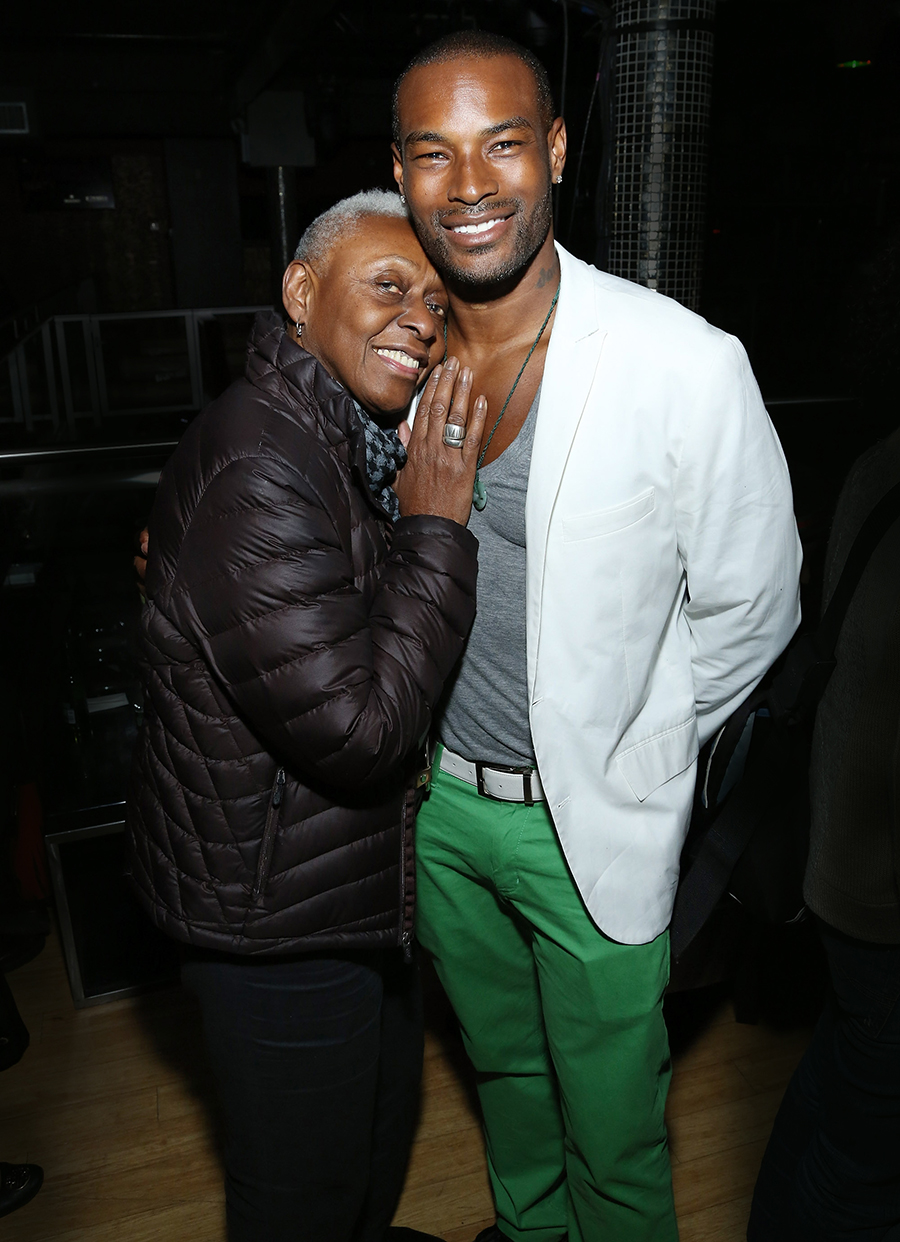
Episodes told around specific people is an ingenious way to share such a big-picture, yet intimate, story. In this, Hardison shares co-directing credit with Frédéric Tcheng, whose previous biographical portraits include Dior & I , Halston and The Eye Has to Travel, a collage portrait of fabled fashion editor Diane Vreeland.
They first met in 2014 when Tcheng created a short movie when the Council of Fashion Designers of America honoured Hardison with The Founder’s Award. She admired his Vreeland doc and had been working on an idea called Invisible Beauty for years. But it was very different subject matter and approach, Hardison explains, following three models for more of an exposé on the fashion industry. Eventually she was convinced to step out of her own way, as she puts it, and let the documentary be about her. It helps that her life story is also the history of contemporary fashion diversity.
Making History
Although the documentary encompasses her personal life, from youth in a Five Boroughs gang, rigorous consciousness education by her Muslim father (who was an imam and a mentor to Malcolm X) and single parenting son Kadeem Hardison (Dwayne Wayne on A Different World), the spotlight and common storytelling thread is Hardison’s advocacy work. The memoir, meanwhile, will be something else entirely. “Anything goes!” she says. “It talks about people, friends, stories, feelings, points of views. It’s different.”
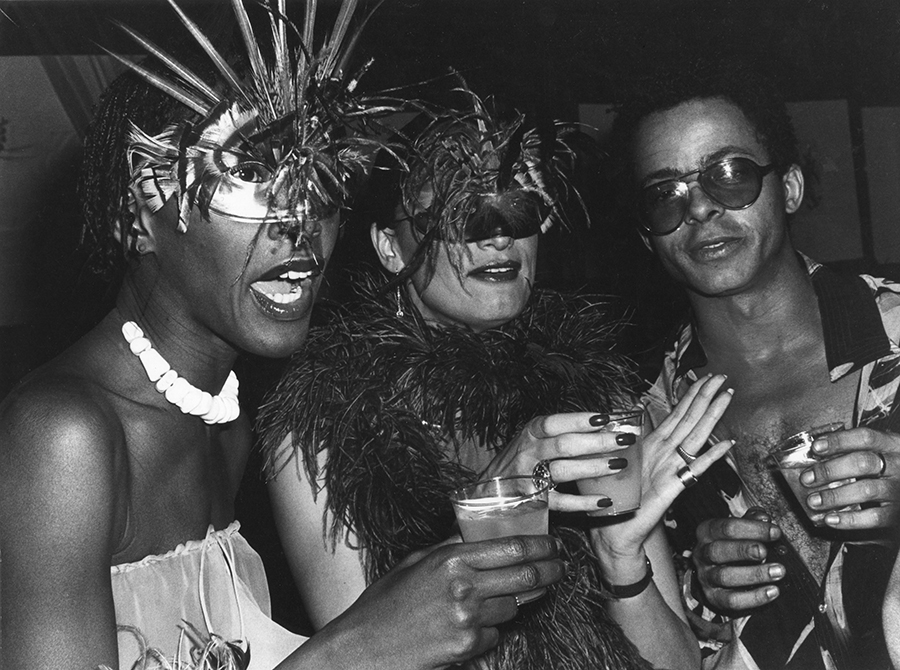
On screen, she candidly reminisces about the duality of her formative years in a bussing programme to a white high school, and how time split between Brooklyn and summers at her grandmother’s home in segregated North Carolina (illustrated in the doc through the series of iconic 1956 Gordon Parks photographs) shaped her attitude to later experiences, like being the first Black showroom model on Seventh Avenue.
Hardison was discovered by streetwear pioneer, Black designer Willi Smith in 1967 while working in New York’s garment district as a showroom sale assistant. It’s one of the many day jobs Hardison has kept even during turns as a popular fit model and runway presence (“I was never a print girl,” she says at one point), to pay the bills. And that’s just the 1970s.
No stranger to chronicling lives well-lived, co-director Tcheng, in interviews since its acclaimed premiere at Sundance in January, has called Invisible Beauty the biggest editing challenge he’s faced in his career.
Far and Wide
The engrossing documentary pulls from her extensive archive and gathers materials from a range of sources befitting Hardison’s wide circle and scope, from home movies to footage from hip hop pioneer Thirstin Howl III to some of the thrilling, precious surviving footage from the Battle of Versailles — which is how the now-legendary 1973 runway showdown between American fashion designers (like Bill Blass and Anne Klein) and French haute couture (such as Yves Saint Laurent and Pierre Cardin) has come to be known.
The event launched American designers as major players on the global fashion stage. Hardison was part of the American envoy, both as design assistant to Stephen Burrows (a pioneering Black designer who was Halston’s contemporary and the first Black person to receive the prestigious Coty Award) and as a runway model. She was one of a then-unprecedented 10 Black models from the American contingent whose energy and modern attitude put the group and their fresh attitude to fashion on the map. To hear Hardison herself narrate footage in the documentary — from inside that very moment when her attitude of confident defiance brought le tout of conservative French high society to its feet — is itself worth the price of admission.
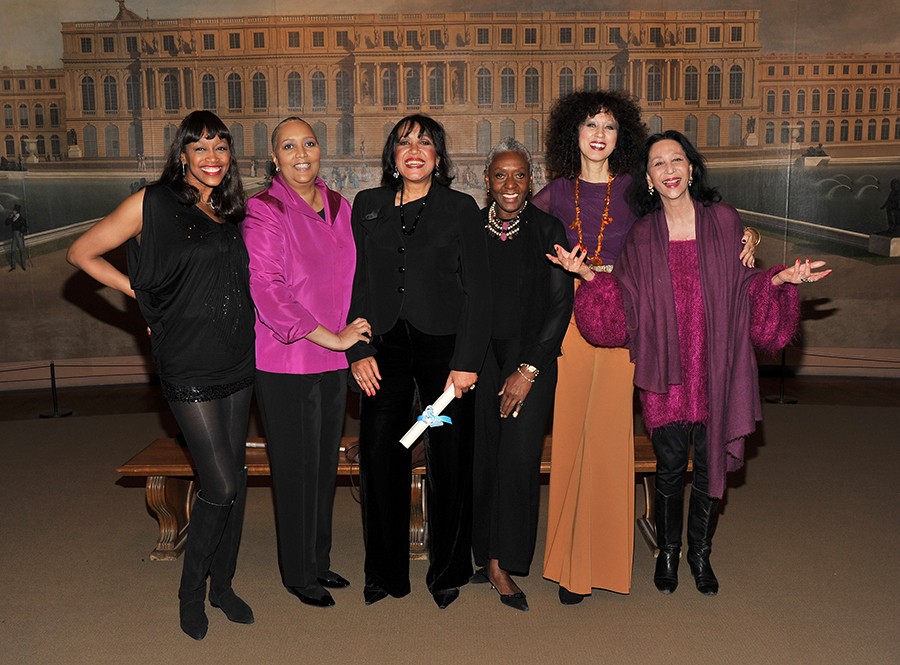
The Battle of Versailles is being developed as a film for HBO by filmmaker Ava DuVernay (Hardison is consulting, naturally). But it was also a memorable setpiece in the recent Netflix biographical drama Halston, where Hardison is depicted in several episodes (played by Megan Danielle Gerald). She knew Halston and liked the series a lot, she says, though mentions that, while many industry people preferred Tcheng’s documentary for being more true to the late designer’s story, a miniseries can take liberties from fact.
“This is where they have leeway to play,” she says by way of example, with a laugh: “I was never a Halston model! And I don’t know why I was featured in that series.” She also doesn’t know why Halston says, “Oh Bethann you know you’re my favourite!” in the series.
“His favourites really were Karen Bjornson, Pat Cleveland, Alva Chinn — all those girls,” she deadpans. “I would know. But I still enjoyed every second of it. I loved Ewan McGregor’s depiction of him. I thought it was brilliant.”
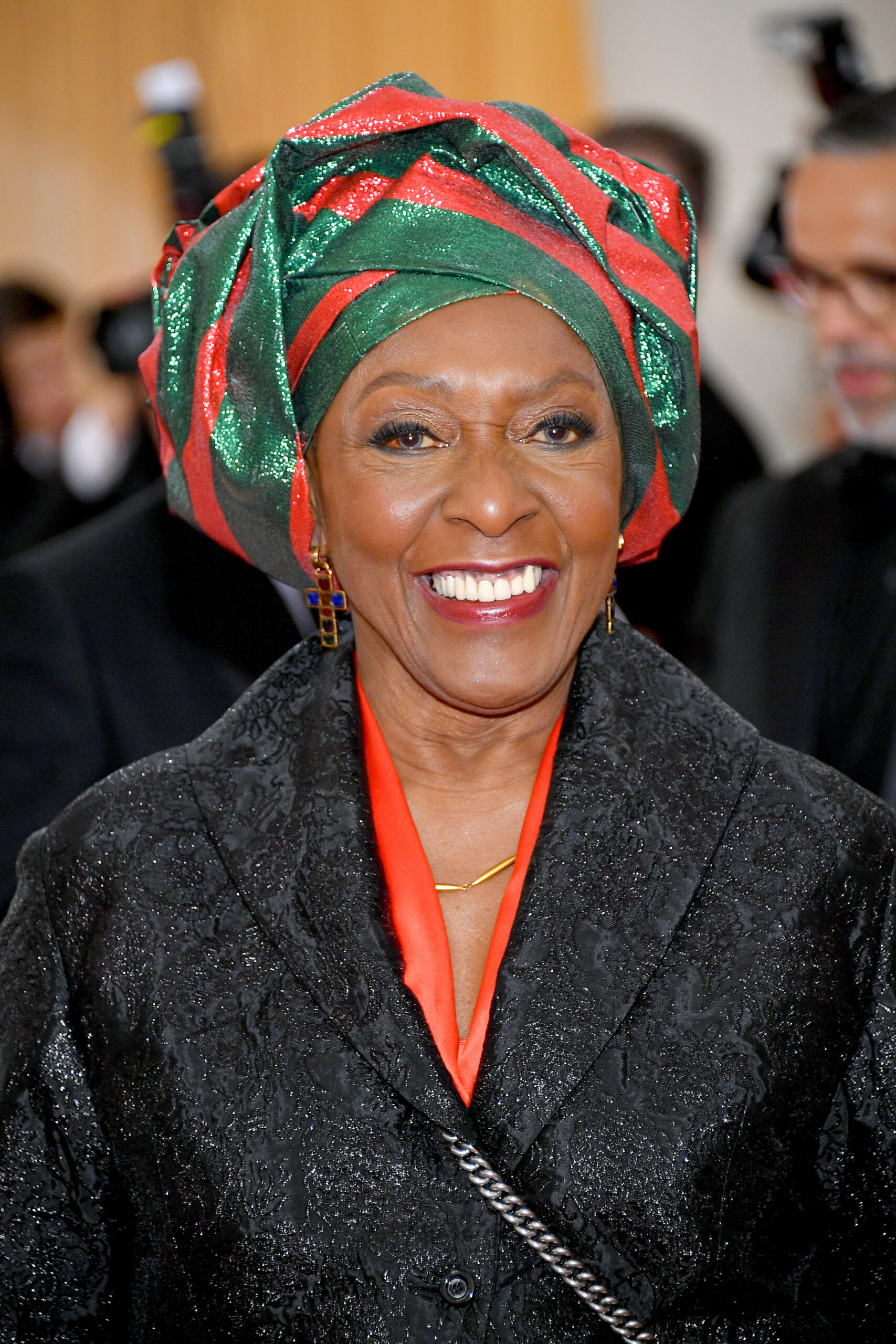
Walking the Walk
Best known in media these days and to younger generations for her ongoing work with Gucci — initially in 2019 as part of their Changemakers Council and now behind the scenes as executive advisor for global equity and culture engagement — Hardison also occasionally steps back in front of the camera for ad campaigns. But her advocacy role with them is simply a more formal version of the tireless industry work she’s done for decades in various forms.
With Iman, she co-founded the Black Girls Coalition, initially to celebrate Black models and give back to the community. It soon evolved, however, into a watchdog group and support to Black models, raising awareness about racism in advertising and fashion. And the conversations around pay transparency today? Hardison was at the forefront more than 30 years ago through her agency Bethann Models. She saw the disparity in pay scale and campaign rates between the white models and Black and diverse models she represented firsthand and raised the alarm. Likewise the data gathered around representation on the runways and in advertising.
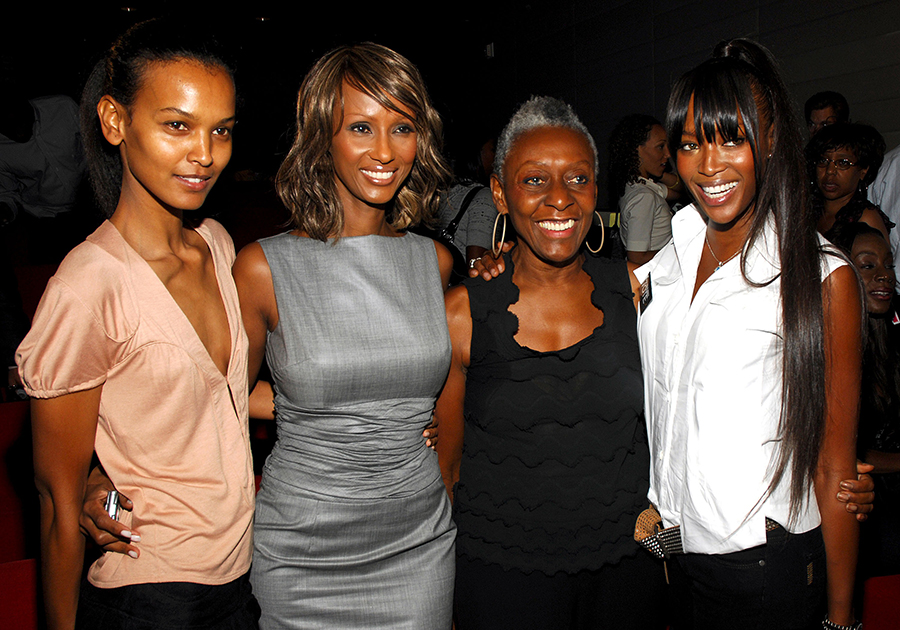
Again and again in Invisible Beauty we see Hardison flanked by Campbell and Iman at press conferences and town halls — in 1992, 2007, 2013 — calling out the lack of Black representation and diversity in the fashion industry and related fields. “Activism has to remain active,” Hardison says of returning to the industry after one hiatus in Mexico, to create the Diversity Coalition and push against the homogeneous white runways that had returned. “Just when you think we’ve progressed, there’s another shift,” she says.
The Next Generation
With footage of their Zoom calls during the pandemic, the documentary highlights Hardison’s recent initiatives on inclusivity issues in other parts of the industry, like helping designers of colour develop their business. “People kept saying, ‘Where’s the Black designers?’ And I got so tired of hearing it,” she says. “I knew they existed but they weren’t all Virgil Abloh getting all this press. So we sought them out.” Though she doesn’t like to use the word “mentor” too much: “I don’t feel like I really am. But I’m literally a guide — I’m a strong post. And it’s much more like being a sage.
“I get very inspired by watching and hearing them, watching the growth,” she says of the cross-generational contact with young and emerging designers that energizes her. (As do crushes on youngsters like Harry Styles and, Hardison divulges on-screen, watching BTS reels at bedtime — though mainly to learn the dance moves.)
Legacy Moments
Hardison has homes in Mexico, upstate New York, and her longtime New York apartment (47 years and counting). “I know I’m never gonna retire, as some people say, because I keep having ideas. But I do want to start to see what it’s like to just stay in one space for, like, four months.”
Making the film and working on her memoir has helped her to take stock of the confidence she has in the next generation of advocates. “You get to a certain point in life,” she says, and know you’ve helped a shift in how people see things. And improvements in racial diversity in fashion are ongoing. “So you lean back and you say, ‘Okay, I’m good,’” she adds. “You know you can’t take your foot completely off the clutch but in the end of the day you basically know you have some room to spread your wings a little bit.”
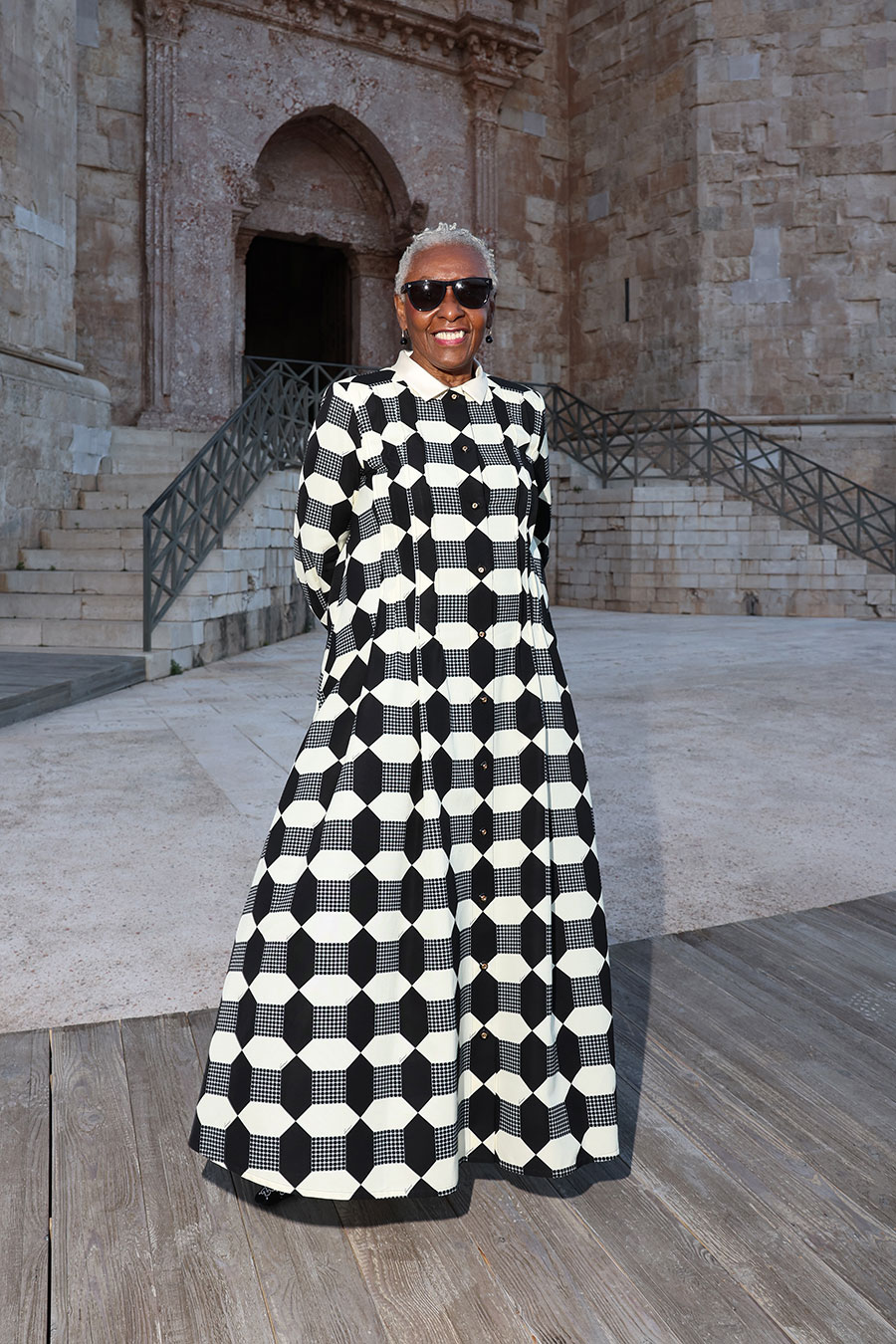
Invisible Beauty features clips of the absolute pandemonium that broke out at Tyson Beckford’s 1990s personal appearances for Ralph Lauren, and Beckford recalls Hardison’s guidance for him at the peak of his fame: “Don’t gloat, keep your head down.”
But as she looks back at her accomplishments, and how she was able to not only unify the fashion community to usher in a conversation around racial discourse but actually effectuate change — several times, in fact— surely she’s allowing herself just a little bit of satisfaction?
“Thank you so much for saying that — and yes, absolutely,” she admits. “Because it’s made me think about myself in a way that I just never gave so much credit.
“I just wrote that to someone,” she adds, “that I’m beginning to really appreciate my own story.”
Invisible Beauty screens at the Hot Docs International Film Festival on May 2, 4 and 7; Bethann Hardison will be in conversation at Hot Docs with Canadian model and entrepreneur Lana Ogilvie on Monday, May 1 (free, registration required) and again on Tuesday, May 2 for Big Ideas (with eTalk’s Traci Melchor).
RELATED: